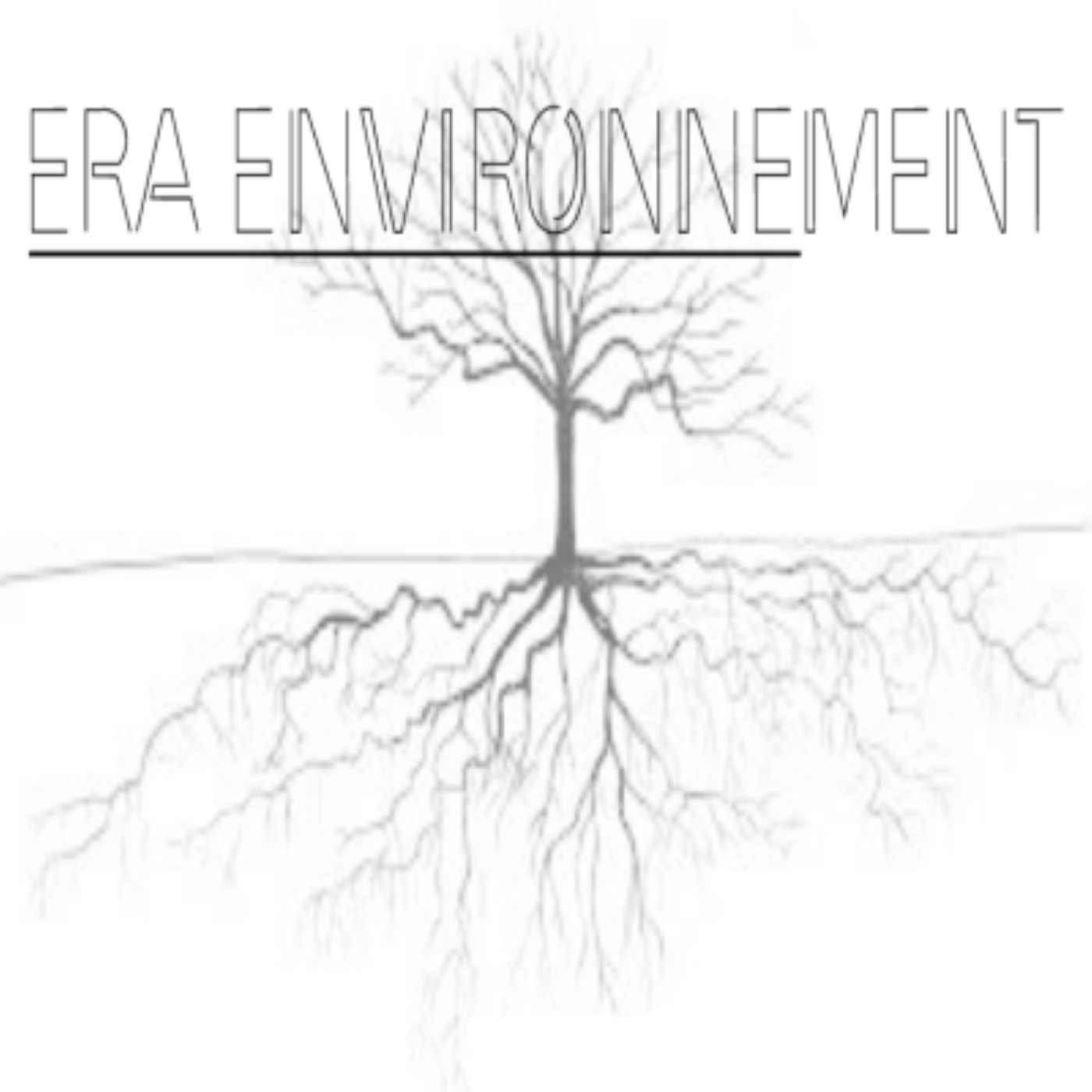The Green Climate Fund (GCF) has released its first report on climate action
By Houmi Ahamed-Mikidache
The Green Climate Fund (GCF) has released its first report, “Progress Report 1” on climate action. This report highlights the progress made in climate finance in developing countries from 2020 to 2023. With a portfolio of 216 projects worth $12 billion and assets under management, including over $45 billion in co-financing, the Green Climate Fund is described as the largest dedicated climate fund supporting adaptation and mitigation projects in 129 countries.
Improved efficiency and effectiveness
The report notes that in recent years, the organization has significantly changed its strategy and operations, which has improved its efficiency. Climate finance has been delivered more quickly to those who need it most, as it continues to invest in transformational projects that enable new climate solutions and new markets. “This report shows the excellent progress made, the improvement in efficiency and impact achieved during the first stage of the fund, truly becoming the hub of international climate finance,” said Henry Gonzalez. Interim Executive Director of the Green Climate Fund. The Fund has just appointed Mafalda Duarte, Executive Director, who will officially begin his term in July 2023 and take over the duties of Yannick Glemarec, who led the Fund and completed his term in April 2023.
Green Climate Fund (GCF), operational in 2015 as a dedicated fund to help developing countries transition to low-emission, climate-resilient development pathways is a legally independent institution hosted by South Korea. It has its own Secretariat with the World Bank as administrator. The 24 members of the Fund’s Administrative Committee, with equal representation from developed and developing countries, and with the support of the Secretariat, have been working to operationalize the Fund and implement its vision since their first meeting in August 2012.
The Green Climate Fund report highlights the institution’s new approach. From an organization that channels climate finance, the Fund presents itself as a catalyst for much larger amounts of funding from private and public sources. According to the report, this should allow the green market to develop and help developing countries meet and exceed ambitious climate targets under the Paris Agreement. But The $100 billion climate target by 2020 has not been met. These resources were to be channelled to through the green climate fund.
Another point, to some climate experts in developing countries, especially in Africa, the conditions for access to the fund are still difficult, especially for adaptation. According to a report published in March 2022 entitled “Does adaptation funding by fund reach the most vulnerable countries?” , states that have greater governmental capacity to prepare robust proposals have been more successful in competing for funds, while countries such as Eritrea, Somalia or Yemen that have lower capacity have not been able to access funding.
In its Progress Report 1, the Green Climate Fund indicates that its portfolio (approved projects) has increased significantly, doubling its size and reaching the $10 billion mark in 2021. At the time the report was released, the Green Climate Fund had committed over $12 billion to over 200 projects. 87 per cent of approved projects are in progress, rising to $9 billion in 2022. Project disbursements exceeded $3 billion, more than triple the volume of resources deployed on the ground since the Fund’s initial resource mobilization.The Green Climate Fund’s strategic priorities for adaptation, innovation, direct access and private sector engagement have been reflected in the Green Climate Fund programs, a number of transformative programs and projects have been approved, including initiatives such as streamlining and streamlining funding processes, dialogues with countries and partners to better understand their funding needs and challenges, and significant improvements in timeliness from proposal review to disbursement.
What’s the next step?
The Fund is preparing for its second replenishment. Country commitments to the Green Climate Fund will determine their ability to support other future climate projects that need to be further scaled up to help developing countries respond effectively to the climate crisis in the coming years. come.
The Board is currently reviewing a draft Strategic Plan for 2024-27 that is based on the successes and lessons learned from the Phase 1 report and feedback from the broad network of Green Climate Fund partners and stakeholders. The Institution said it wants to help foster systemic transitions in critical areas of global interest: energy, sustainable food systems, climate-resilient infrastructure and the protection of biodiversity.




